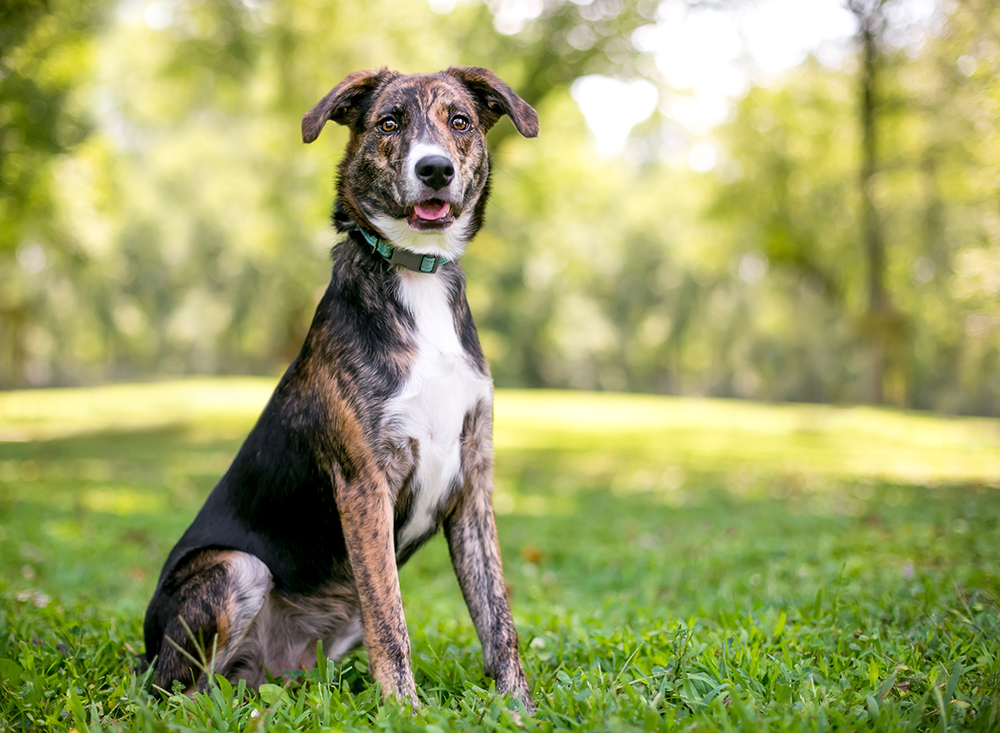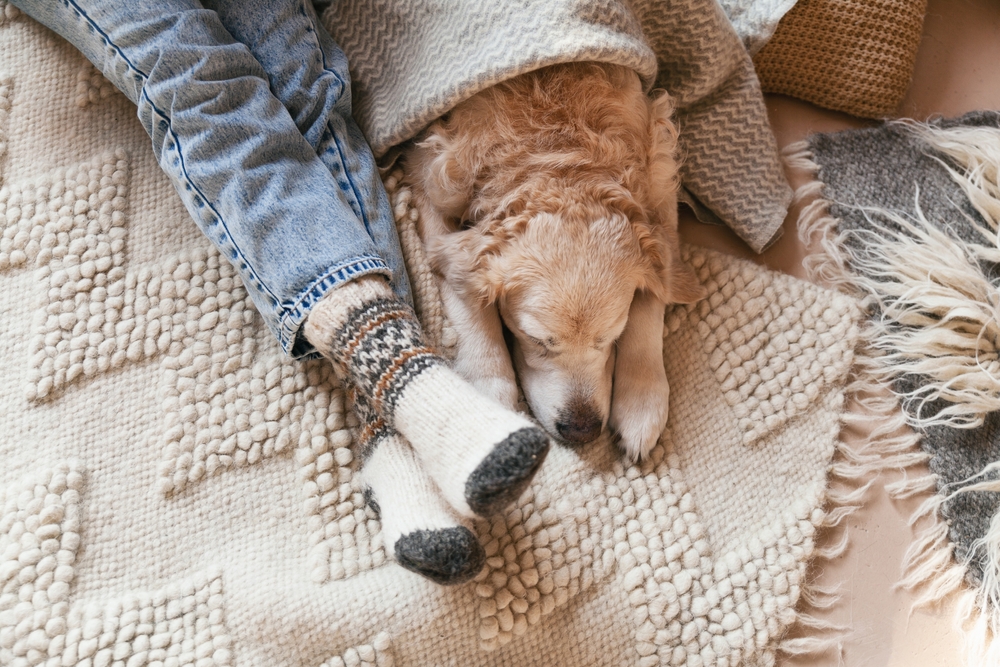Most pet dogs wear collars, typically as a means for holding identification tags or for hooking a leash when going for walks. While using collars as a form of identification is a great idea, the sobering fact remains that collars have the potential to injure your pet. They can cause skin irritation from rubbing against your pup’s neck, or they can hurt your pooch’s mouth if their jaw gets caught in it. Sadly, they can even strangle your dog.
Roughly 26,000 pet strangulation accidents occur annually, or about 71 cases daily, according to PetSmart.1 Luckily, simple measures can reduce your pet’s risk of something unfortunate happening.
Before You Start
Your pooch doesn’t technically have to wear a collar. However, we’d be remiss if we didn’t remind pet owners that these often serve as a form of ID should your pet become lost. Just a quick plug here: be sure to keep your dog’s contact information updated. Having an ID tag or microchip does little good if the person finding your lost pup doesn’t have the proper information to contact you. With that said, a microchip is a collar-free form of ID, and to avoid strangulation accidents, a harness can suffice when going on walks.
These alternatives are often better options for brachycephalic breeds and animals susceptible to a collapsed trachea anyway. Pressure from tugging on your dog’s leash could worsen these issues and make breathing more difficult.
Even with this in mind, there’s just no getting around the fact that most people want their dogs to wear collars. So, we’ve provided a few steps to help prevent dog collar accidents.
The 7 Steps to Prevent Dog Collar Accidents
1. Invest in a Quick-Release Collar
The purpose of a quick-release collar is said in its name. The design allows the collar to come off quickly in case it gets stuck on something. It could be anything from an HVAC vent to a deck slat to another pup. It can be challenging to try to avoid all hazards, but that’s where these types of collars come in handy. Of course, this would just be for your dog to sport around the house or a fenced-in backyard. If you were to take them out for a walk, you’d have to use a harness and attach the leash directly to the harness instead of the collar to prevent your dog from getting away.

2. Get the Right Size
This tip may seem like a no-brainer, but it bears mentioning. Collars that are too small and too big are both problematic. You should be able to slip two fingers snugly between the collar and your pup’s neck. Anything more or less is an accident waiting to happen. If your pet is a puppy, check the size often and replace it promptly when your dog grows out of it.
The same caution applies to aging or sick pets and those losing weight. Likewise, if your pooch is overweight, check the collar’s fit frequently. It’s also an excellent time to replace it if it’s getting worn. Remember to check the ID tag’s contact information and update it as needed. Watch your dog’s reactions when they wear it to ensure it’s comfortable as well.
3. Keep Your Dog’s Collar Off in Your Home
The main uses of a collar are identification and walking. Neither one may be necessary when your pup is inside your home. Removing the collar when safely confined dramatically reduces the chances of strangulation. You may also notice your dog is scratching at their neck less without their collar rubbing against it. However, this also means that you’ll have to place their collar back on before going outside throughout the day if that’s their form of ID.
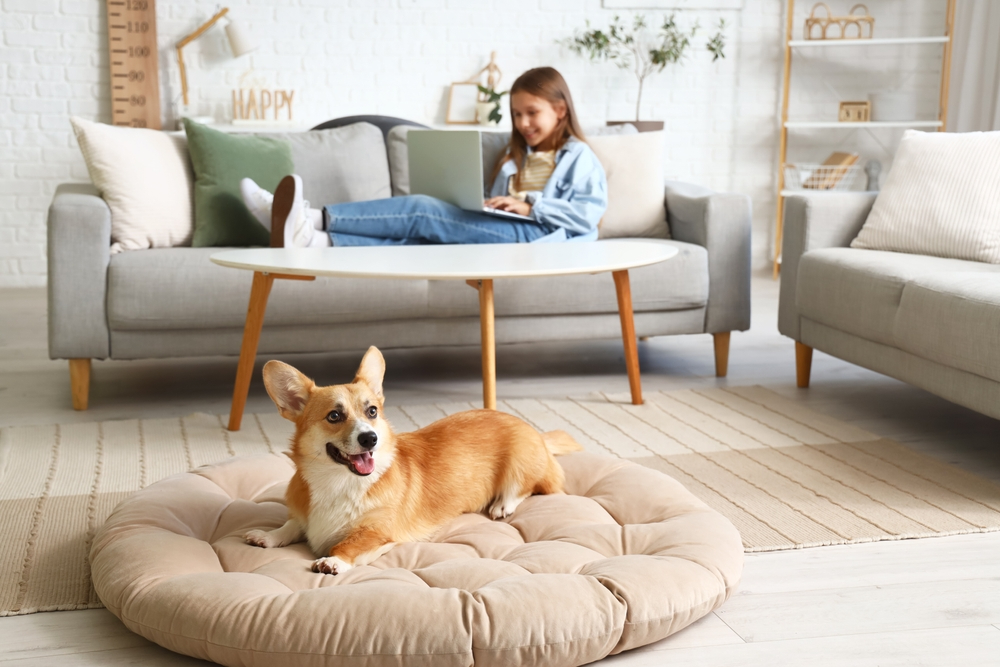
4. Check Your Yard for Potential Hazards
We suggest checking your yard for potential hazards, like low-hanging branches or fences, particularly with diggers. The same precaution applies to patio furniture. Dangling dog tags is another problem since they can snag on almost anything. A personalized product with your contact info printed on it is a much safer option.
5. Remove Your Dog’s Collar When Playing With Other Pets or at the Dog Park
Anecdotally, there are many horror stories about dogs getting stuck together at their collars. The animal’s first instinct is to pull away from anything restraining them, even if it’s the worst thing they can do. The pups won’t understand their dilemma. It’s worth noting that others may not take the same precautions as you to prevent strangulation accidents. Whenever your dog is playing with other canine friends, ensure you supervise them closely and stay close by so that you can quickly intervene if something goes awry.
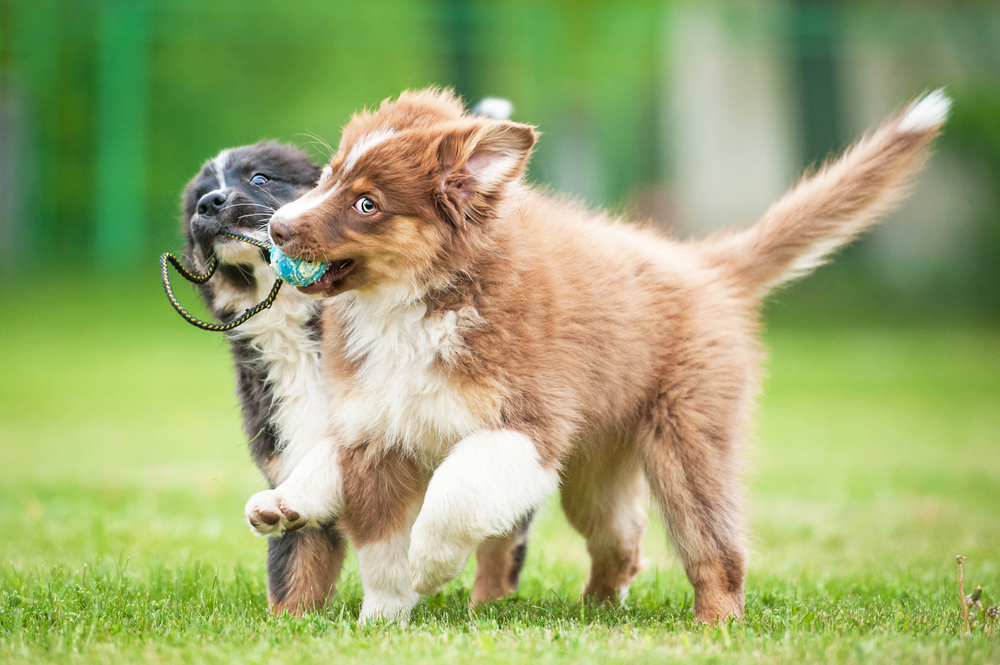
6. Hone Your Dog’s Leash Manners
Focusing on your dog’s leash manners can help prevent neck and throat damage caused by pulling. We understand it’s instinctive for you to keep your dog away from danger. However, a better plan is to ensure your pet obeys and acts automatically when you speak a command. Reserving treats as training aids can make your pooch’s lessons stick with this potent motivator.
7. Get Your Dog Microchipped
We mentioned earlier that a collar isn’t necessary or appropriate in all cases, but can be used to hold identification tags. However, another option is to microchip your pup so your pet always carries their ID. It’s affordable and easy to do during a standard vet exam. The value of this tip comes from reducing the time your dog is vulnerable while wearing a collar.
The same precaution about keeping your info updated applies. Failure to do so can have tragic consequences. One study found that nearly 42% of microchipped strays did not have current contact details in the company’s registry database. The microchip increases the chances of a reunited pet, but only if the facility can get in contact with you.
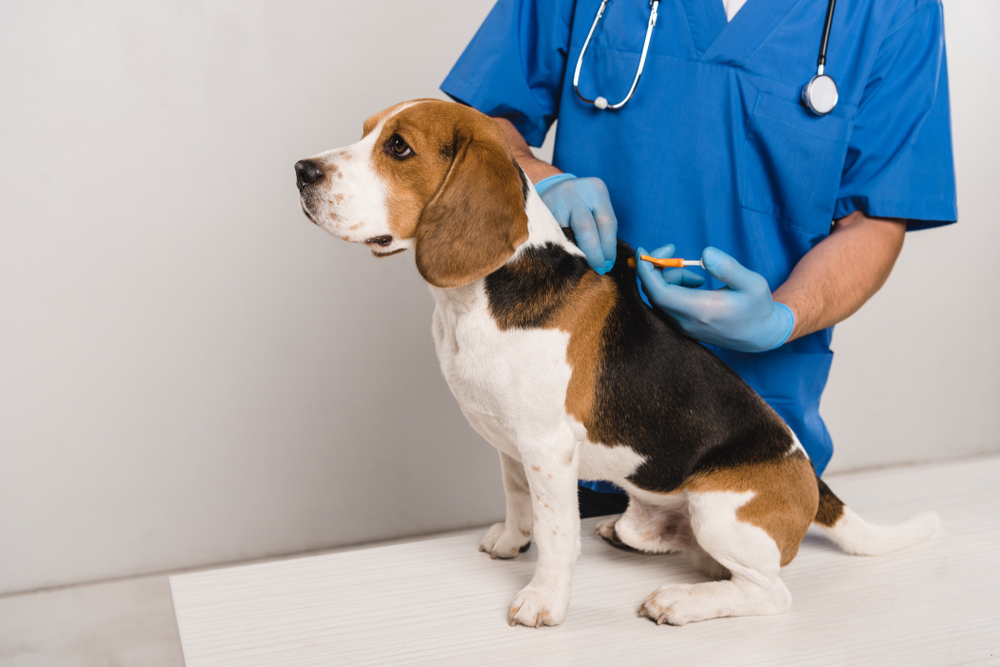
Final Thoughts
Dog collar strangulation cases are heartbreaking. Many don’t realize the risks they present, even during play. The best solution is to use a different method, such as a harness, to control your dog on walks and to microchip your dog as a form of permanent identification. Limiting the time your pet wears their collar and removing potential hazards are also effective prevention options.
Featured Image Credit: Mary Swift, Shutterstock
Contents
- Before You Start
- The 7 Steps to Prevent Dog Collar Accidents
- 1. Invest in a Quick-Release Collar
- 2. Get the Right Size
- 3. Keep Your Dog’s Collar Off in Your Home
- 4. Check Your Yard for Potential Hazards
- 5. Remove Your Dog’s Collar When Playing With Other Pets or at the Dog Park
- 6. Hone Your Dog’s Leash Manners
- 7. Get Your Dog Microchipped
- Final Thoughts

